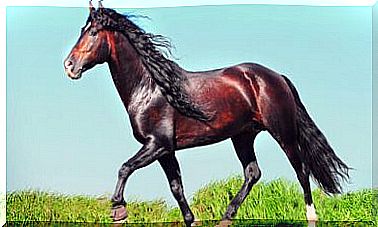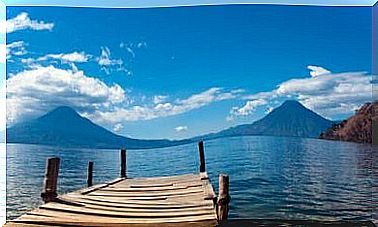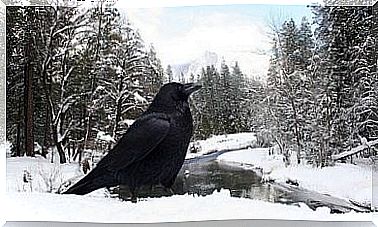The 4 Species Of Manatees
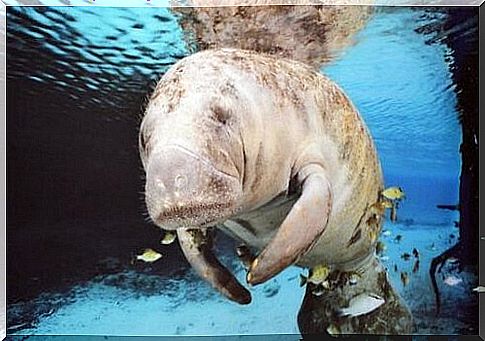
Did you know that there is a group of marine animals, called manatees, with “mermaid” characteristics? These placental mammals are very rare and are the only ones that feed on plants.
In the following article we tell you about some curious species of manatees.
General characteristics of manatees
Popularly known as “sea cows” – because they are herbivores – and direct relatives of elephants (although they look more like seals and walruses), manatees are full-fledged marine animals. In fact, they never leave the water.
They are very large and robust animals, which move with slow movements and prefer tropical climates and waters close to marine coasts, but also rivers and estuaries.
They are quite docile, which is why they have been hunted for their flesh and skin since ancient times. Hunting has nearly led to extinction. Today they are protected and cannot be caught.
The body of the manatees is cylindrical, can measure up to four meters and weigh about 1,500 kilos. The front legs are fins and do not have a dorsal fin like cetaceans.
Although their skin is thick and wrinkled, it is thinner than that of seals and elephant seals or other species that live in cold climates.
They feed on sea grasses, algae, and other aquatic plants and can also consume tree leaves if they live in mangroves.
They can spend up to eight hours a day eating. In nature, they are not threatened by many predators: mostly sharks, killer whales, crocodiles and jaguars.
The 4 species of manatees
Although there are only four species of manatees and they all prefer warm waters, the various groups do not overlap each other and tend to live far from each other.
We can divide them into three subspecies of manatees and one of dugong :
1. Manatee of the Amazon
It belongs to the Trichechus family and, as the name suggests, lives in the Amazon River, as well as in many of its South American tributaries.
Unlike its “neighbor”, the pink dolphin, it is a rather shy and solitary animal that communicates by means of low frequency sounds.
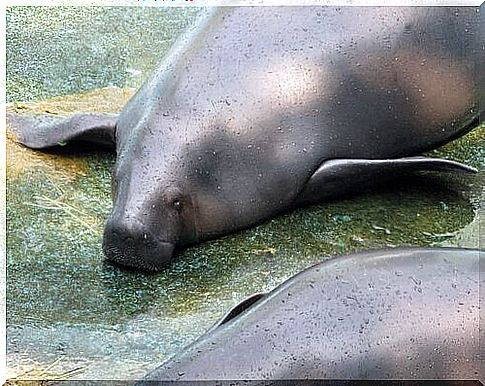
2. West African manatee
Not much is known about this manatee species, beyond its habitat: the coasts and estuaries of West Africa.
Although hunted by crocodiles and sharks, the main threat to this manatee is man.
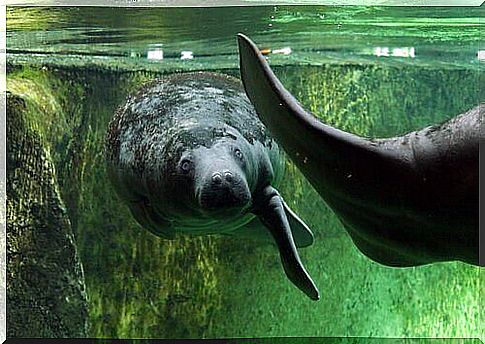
3. Caribbean manatee
This is another of the manatee species belonging to the Trichechus family . It lives in the Gulf of Mexico, reaching the mouth of the Amazon and is a corpulent animal, with wrinkled skin, covered with algae and molluscs.
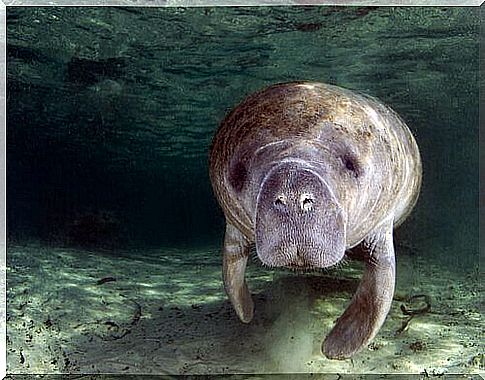
The Caribbean manatee consumes 10% of its body weight in aquatic plants and algae every day.
Sometimes, it feeds on small invertebrates and fish. He changes his molars several times over the course of his life because the food he prefers has abrasive components.
4. The dugong
The last of the manatee species is the only representative of the Dugong dugon family and also the smallest of the four.
It differs from other manatees by its forked tail. It lives in the coastal areas of the Indian and Pacific Oceans, including East Africa, Southeast Asia, and Oceania.
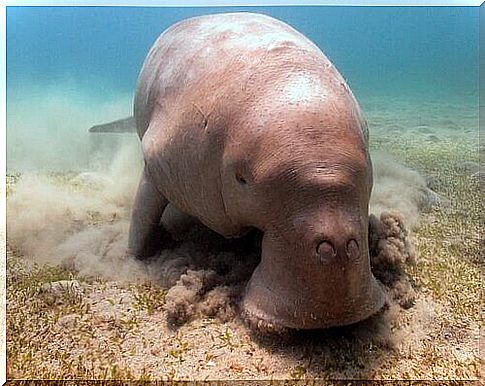
The dugong feeds only on algae, can go 15 minutes without surfacing to breathe and weighs about 200 kilos. It prefers salt water – unlike other manatees – and lives in pairs, small groups or alone.
As for its reproduction, it occurs at any time of the year, but the births take place between July and September.
Females can give birth after 10 years and then the gestations are three and five years apart.
Mothers feed their young using a very ‘human’ way: they hold them between their fins so they can access the breast.




